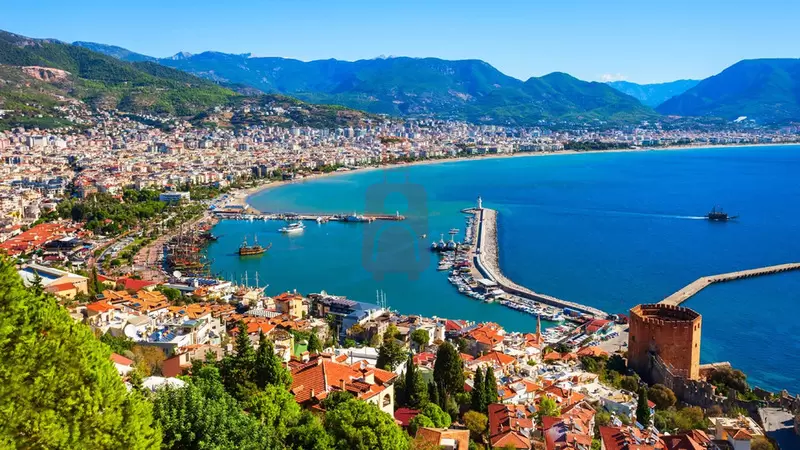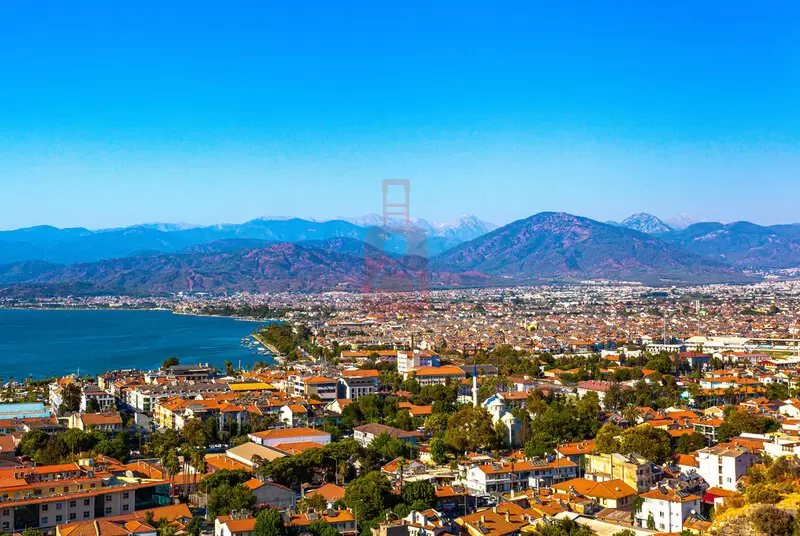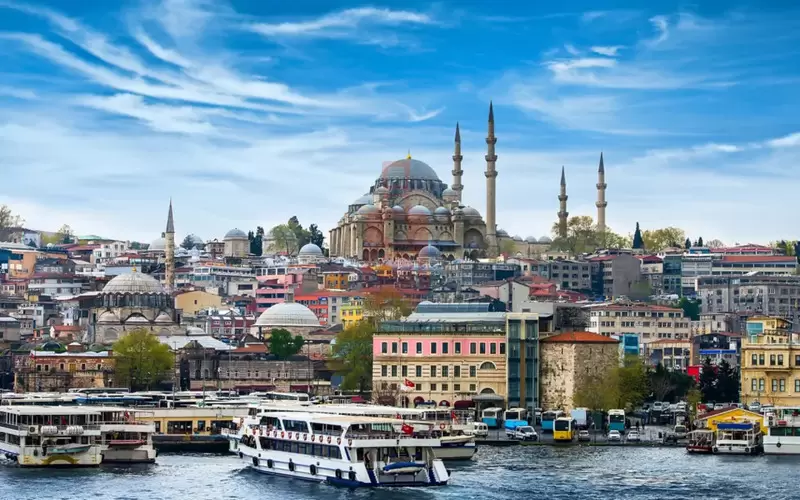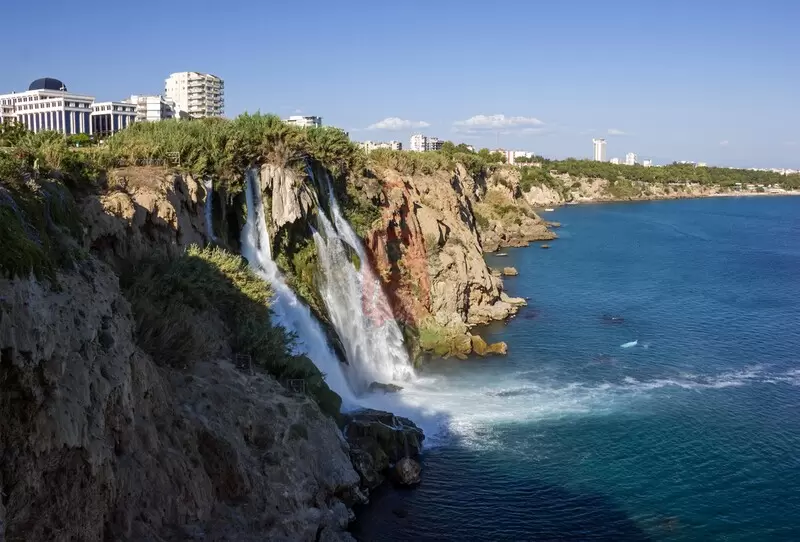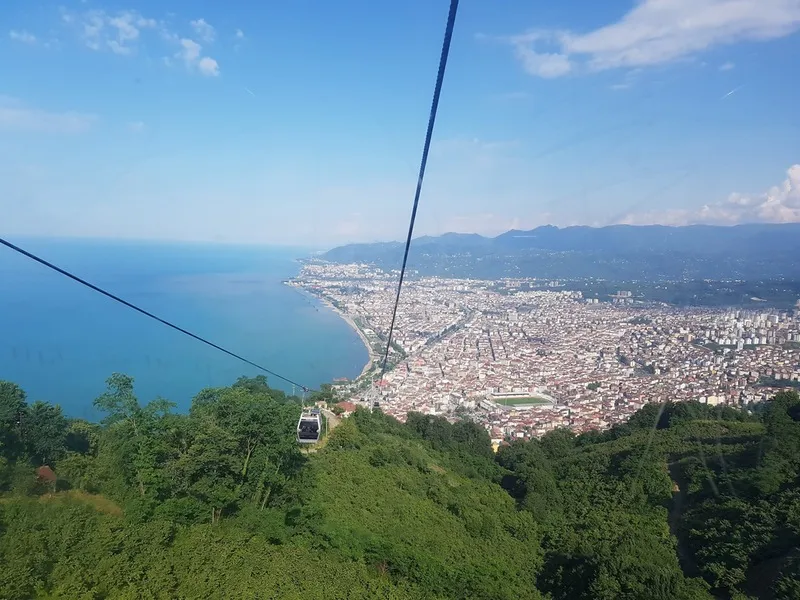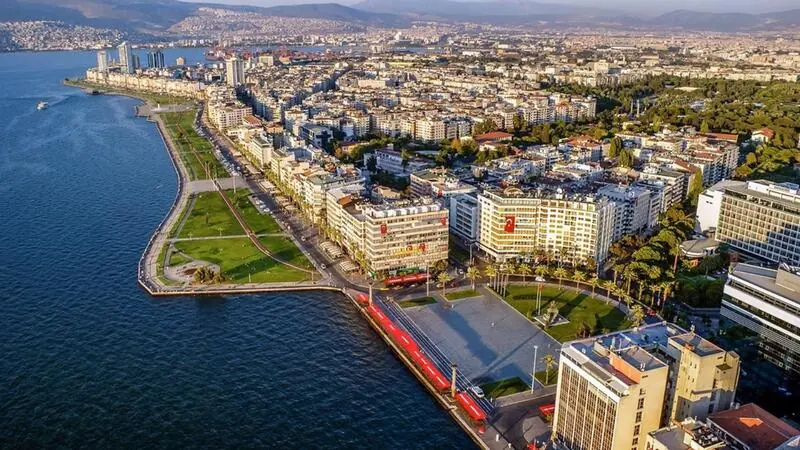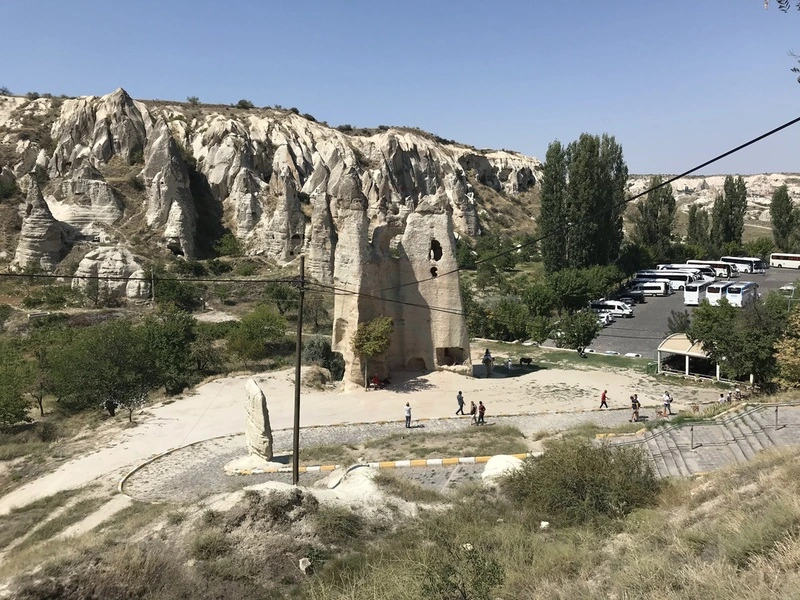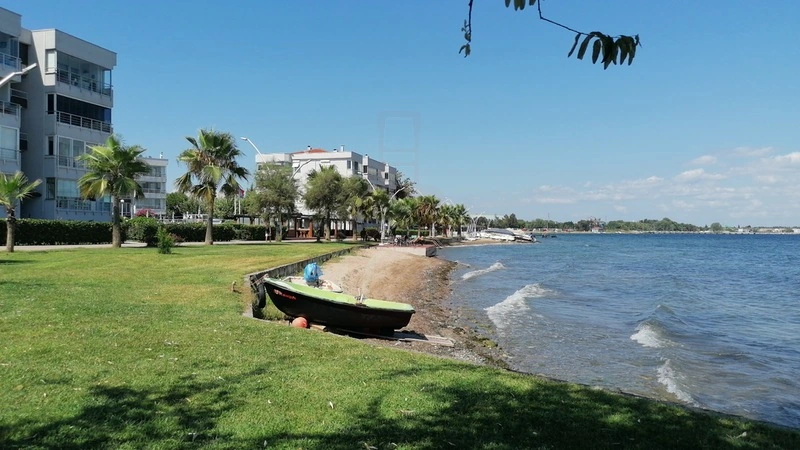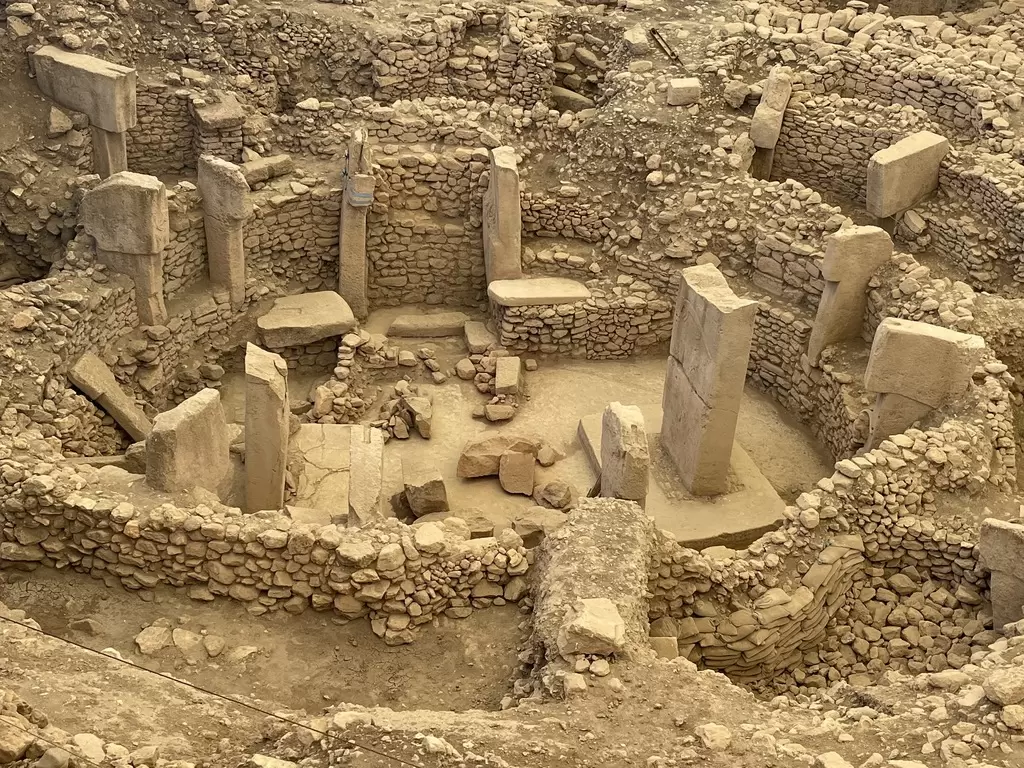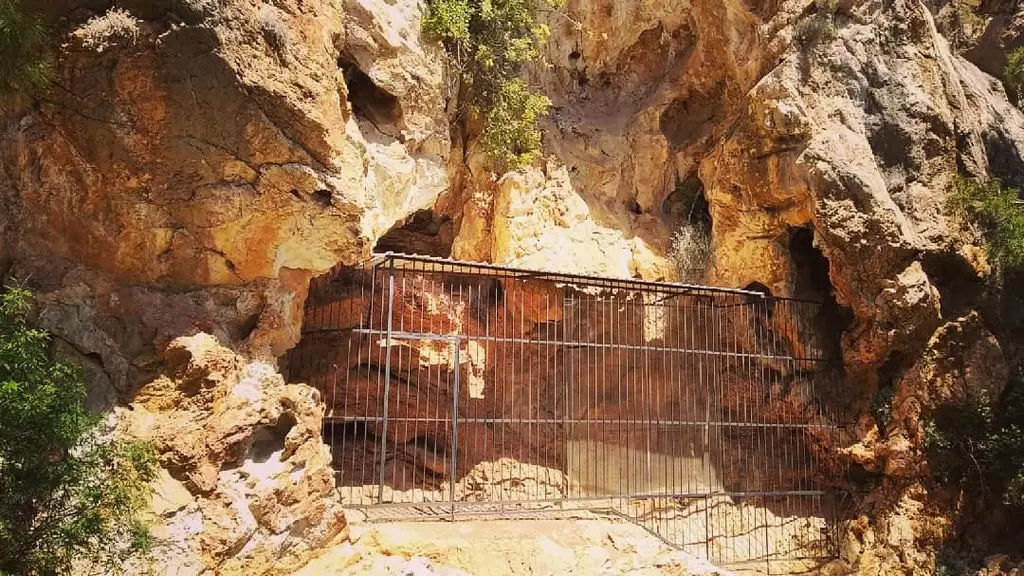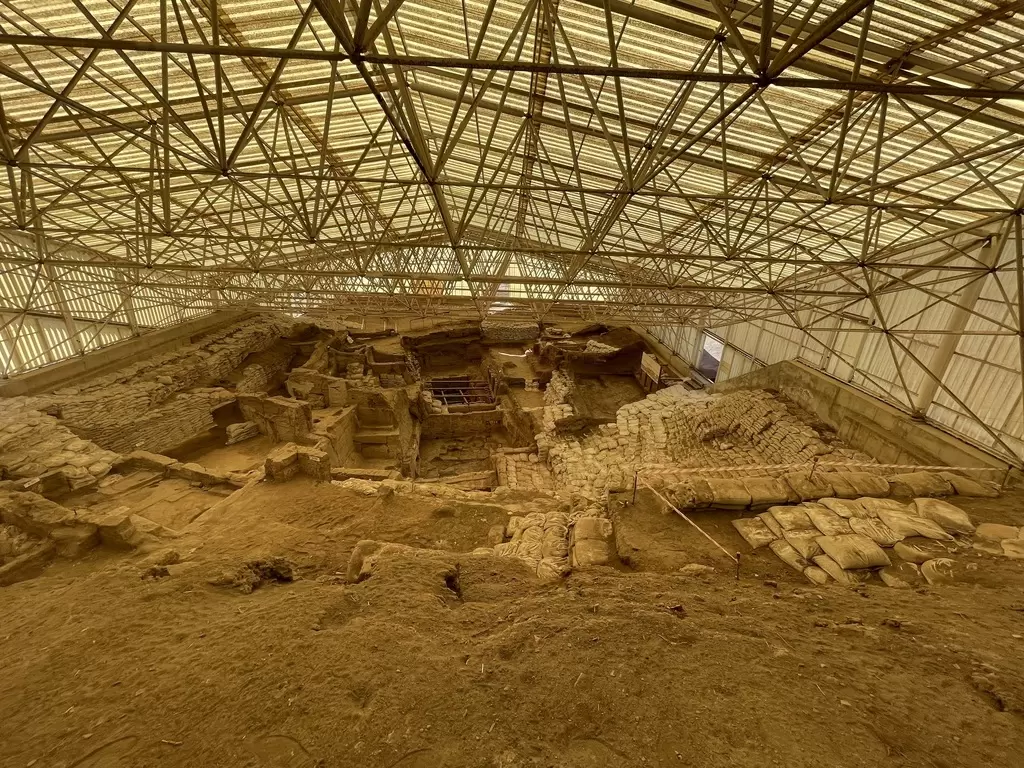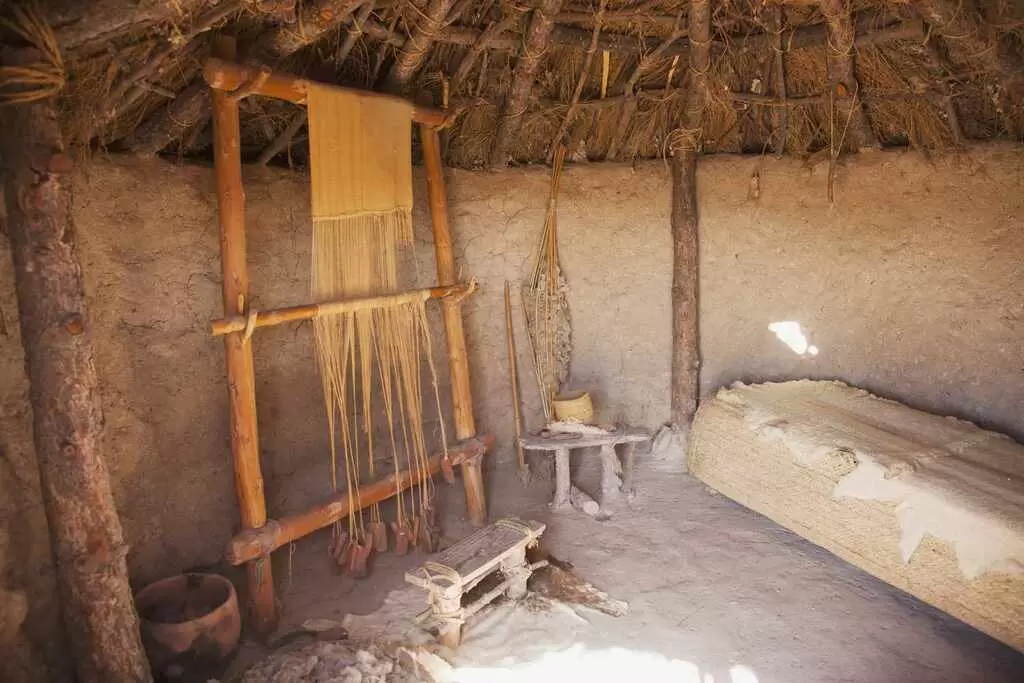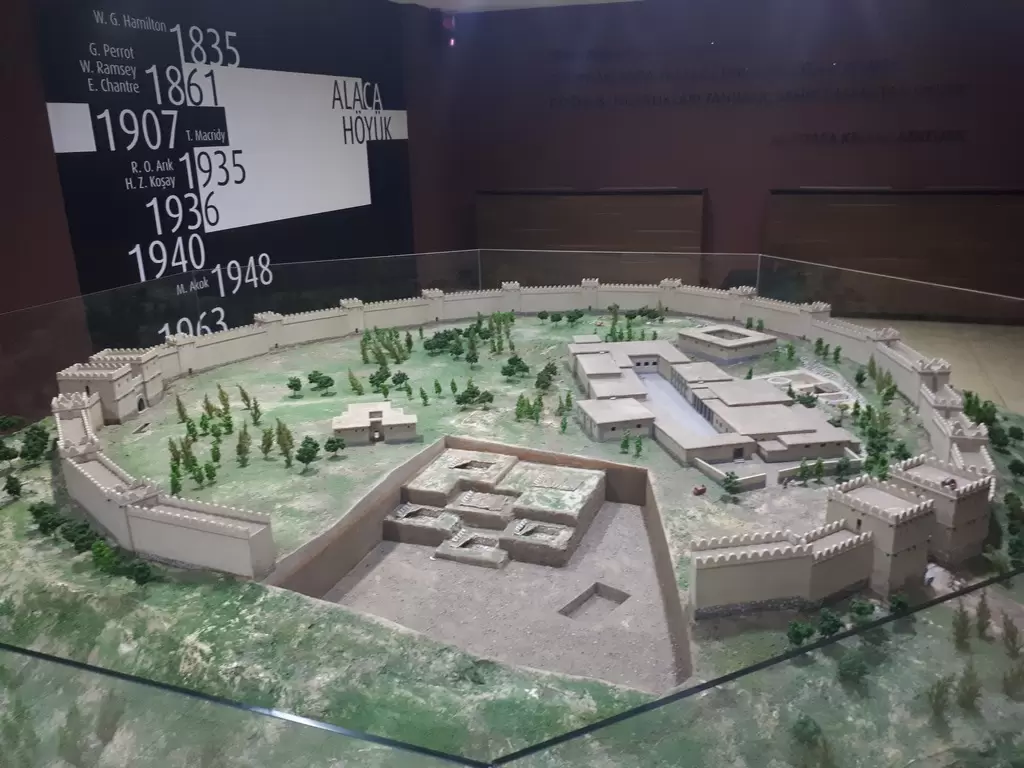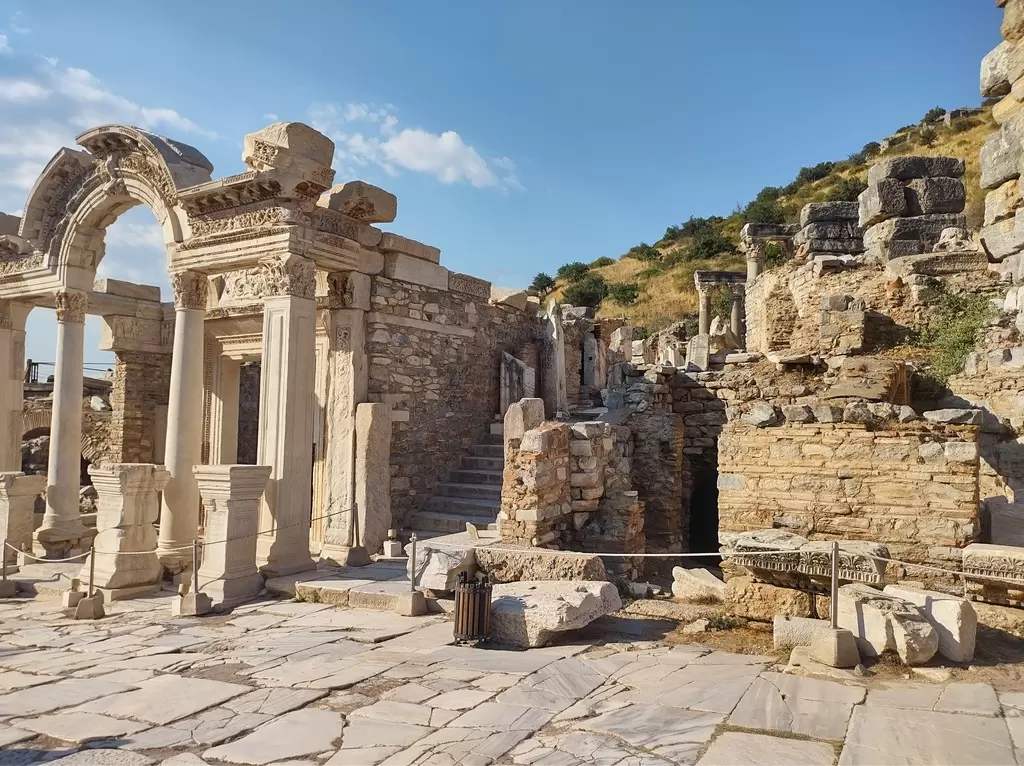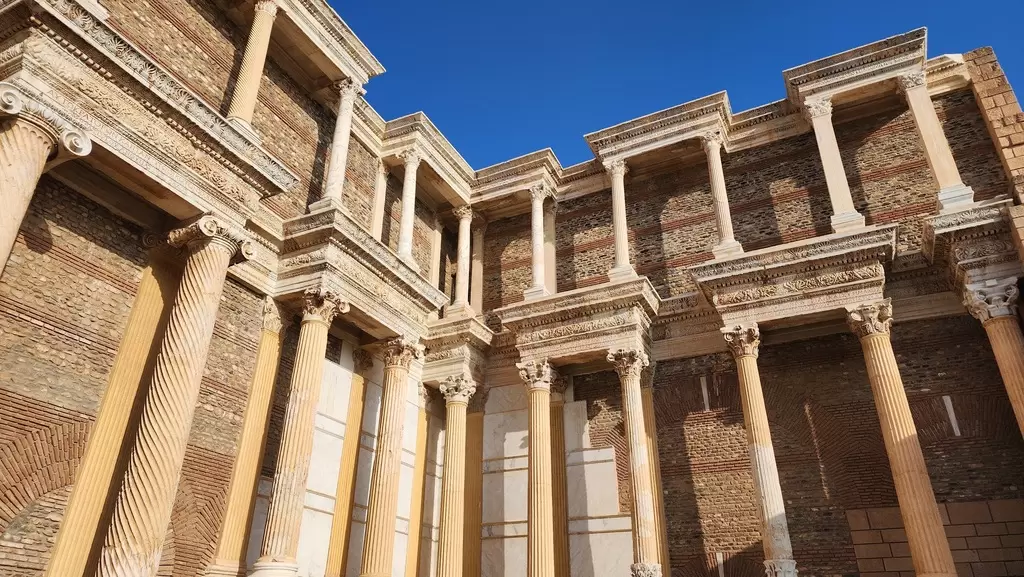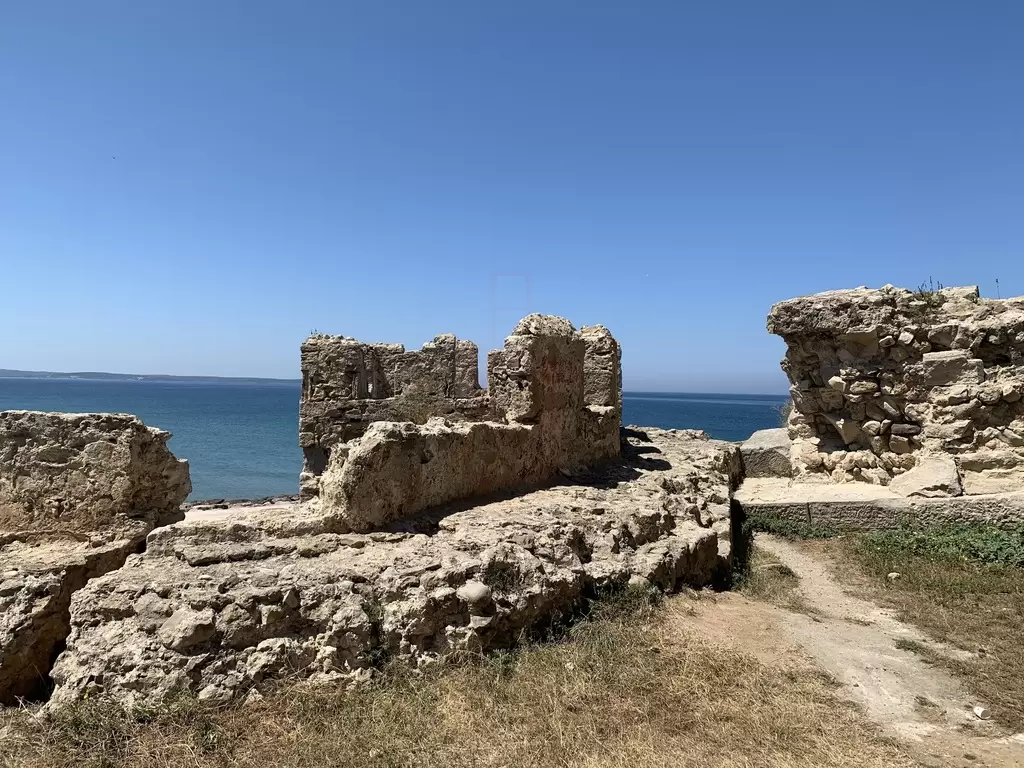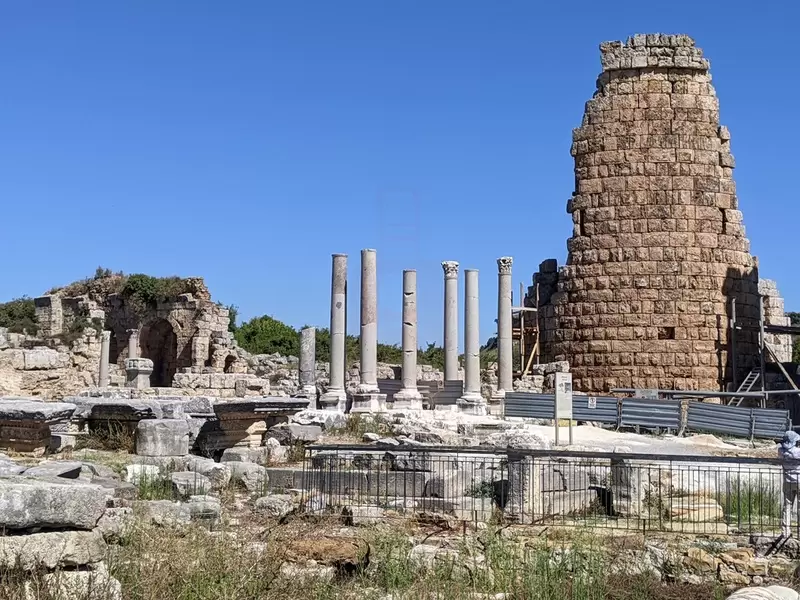
The Kingdom of Pamphylia was an ancient realm situated along the southwestern coast of Anatolia, in what is now modern-day Turkey. This region, characterized by its fertile plains and access to the Mediterranean Sea, flourished from the 4th century BCE until it became part of the Roman Empire in the 1st century BCE. Pamphylia's strategic location made it a crucial point for trade and cultural exchange between the Eastern and Western worlds.
Pamphylia was bordered by Lycia to the west and Cilicia to the east, and its coastal cities were vital ports that facilitated maritime trade. The major urban centers of the kingdom included Perge, Aspendos, and Side, each with its distinct historical and cultural significance. Perge, known for its impressive Hellenistic architecture, boasted a well-preserved theater and a large agora. The city's advanced urban planning and sophisticated public buildings reflected the wealth and cultural influence of Pamphylia.
Aspendos is particularly renowned for its grand theater, considered one of the best-preserved ancient theaters in the world. Built in the 2nd century BCE, it could seat around 20,000 spectators and is still used today for performances, showcasing its remarkable acoustics and architectural ingenuity. The city was also famous for its aqueduct, which supplied water to the inhabitants, highlighting the advanced engineering skills of the time.
Side, another prominent city, was known for its beautiful beaches and bustling harbor. It became a significant center for trade and commerce, with numerous temples dedicated to Apollo and Athena. The ruins of Side include a well-preserved Roman theater, agora, and a series of impressive temples, reflecting the city’s importance in both trade and religion.
The culture of Pamphylia was a rich blend of influences from Greek, Roman, and local traditions. The region was populated by diverse communities, including Greeks, Lycians, and other Anatolian tribes, which contributed to a vibrant cultural landscape. This diversity is evident in the art, architecture, and religious practices of the time, showcasing a unique synthesis of styles and beliefs.
Pamphylia also played a significant role in the early spread of Christianity. The apostle Paul visited the region during his missionary journeys, particularly in cities like Perge and Antioch of Pisidia. These early Christian connections left a lasting impact on the region, with several sites later becoming important centers for Christian communities.
With the advent of Roman rule, Pamphylia continued to prosper, becoming part of the province of Galatia. The Romans maintained many of the existing structures while introducing their own architectural styles, further enriching the cultural fabric of the region.
Today, the archaeological sites of Pamphylia attract historians, archaeologists, and tourists alike. The ruins of its ancient cities offer valuable insights into the daily lives, cultural practices, and artistic achievements of its inhabitants. Visitors can explore the remnants of grand theaters, temples, and aqueducts, which stand as a testament to the kingdom's historical significance and its legacy in the ancient world. The rich history of Pamphylia continues to be an essential part of Anatolia's diverse cultural heritage, inviting exploration and appreciation of its ancient past.
